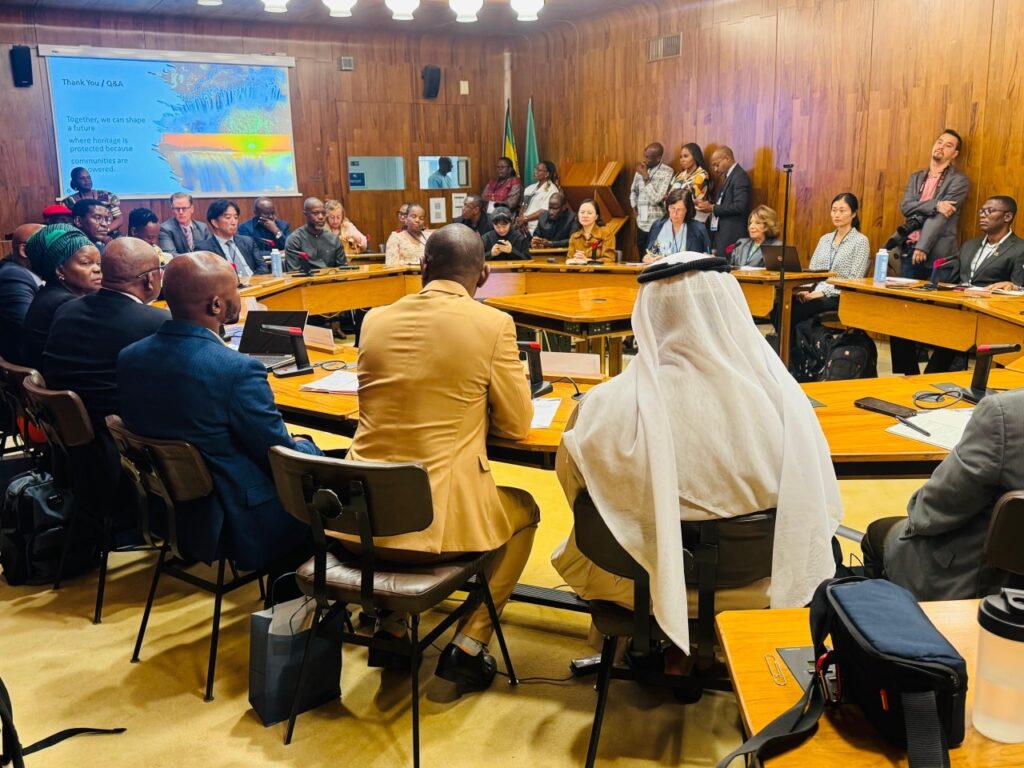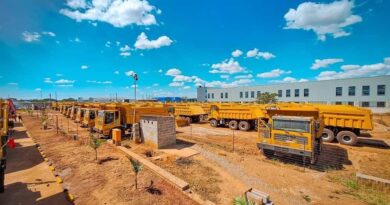UNESCO Supports Sustainable Infrastructure Development at World Heritage Sites
UNESCO has reaffirmed that infrastructure development at World Heritage Sites is permissible as long as it adheres to acceptable standards and protects the sites’ Outstanding Universal Value (OUV).
This position was highlighted during a high-level side event organized by Zambia titled “Harnessing the Coexistence of Heritage Conservation and Energy Development” held alongside the 47th session of the World Heritage Committee.
Speaking at the event, Mr. Lazare Eloundou Assomo, UNESCO World Heritage Director, emphasized the importance of early dialogue and thorough technical evaluations to prevent irreversible decisions that could harm a site’s heritage value.
He noted that existing frameworks and tools assist States Parties in managing development impacts responsibly.
The event gathered ambassadors and UNESCO delegations to discuss the Batoka Gorge Hydro Electric Scheme (BGHES) — a major renewable energy project planned to generate 2,400 megawatts of electricity.
Mr. Assomo praised Zambia’s proactive approach in balancing heritage conservation with sustainable development that benefits local communities dependent on cultural and natural resources.
Dr. Albino Jopela, Executive Director of the African World Heritage Fund, stressed that World Heritage must meaningfully serve the communities protecting these sites by balancing economic, environmental, social, and security factors.
Eng. Munyaradzi Munodawafa, CEO of the Zambezi River Authority, highlighted that the BGHES complies with best practices set by the International Union for Conservation of Nature (IUCN) and follows UNESCO’s impact assessment toolkit.
He confirmed the project’s design ensures zero impact on the site’s Outstanding Universal Value, demonstrating how economic growth and conservation can mutually benefit each other.
Mr. Kagosi Mwamulowe, Acting Executive Director of Zambia’s National Heritage Conservation Commission, emphasized the significance of BGHES as a renewable energy solution addressing Africa’s energy crisis, where over 600 million people lack access to electricity.
He noted that the project is located 47 kilometers downstream from Victoria Falls, outside the World Heritage core zone, and incorporates protective measures to safeguard the site’s integrity.
The side event showcased BGHES as a pilot initiative illustrating that development and conservation can coexist in line with UNESCO’s 2015 Policy on World Heritage and Sustainable Development.



